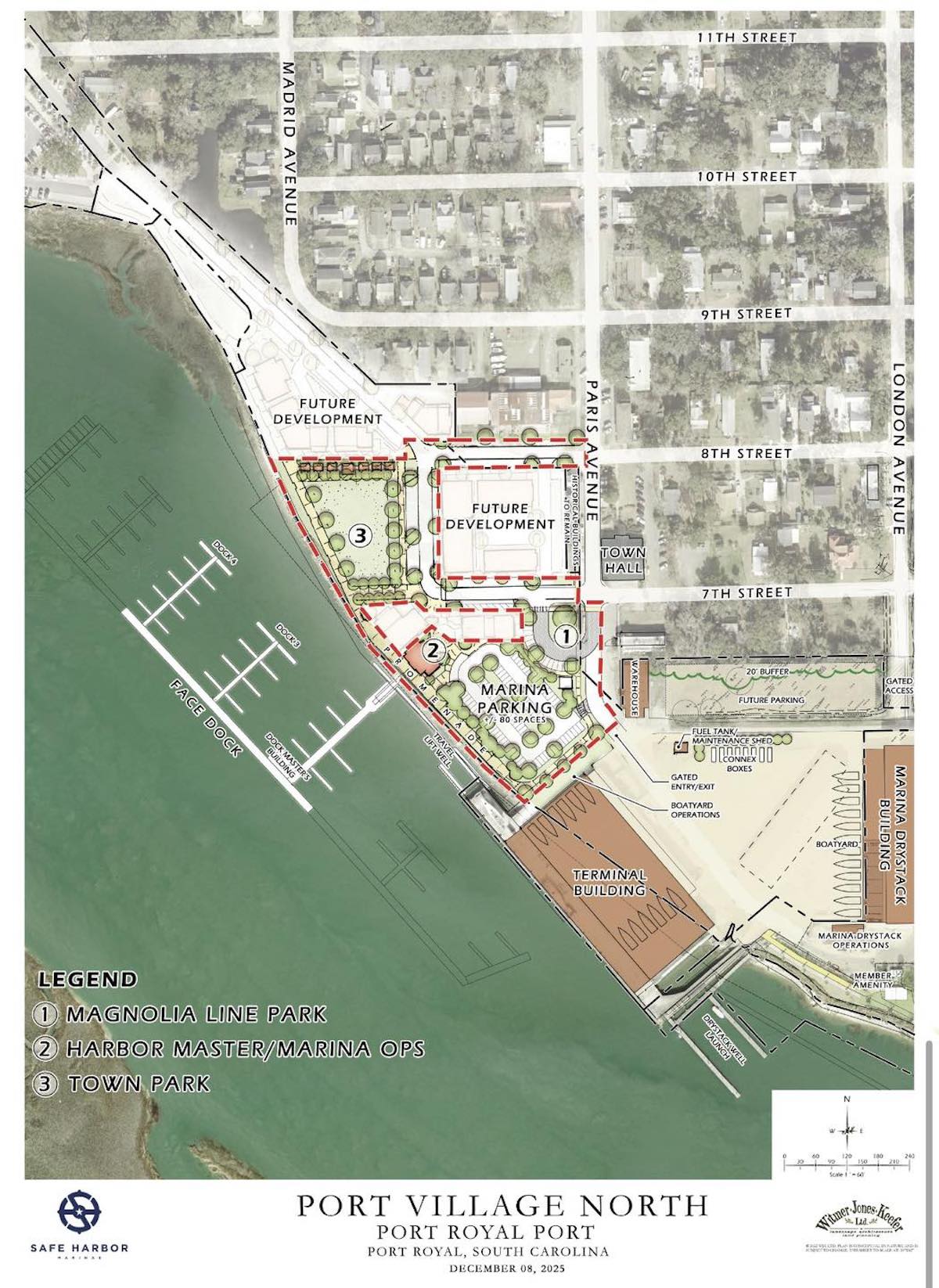By SCOTT GRABER
It is Friday, and I’m in the Freight Yard Pub in North Adams, Mass. This afternoon, I have a cup of cheese- and scallion-topped chili ($5), a Blue Moon beer that comes with an orange slice, and a seat at the polished maple bar.
I’m in North Adams because my wife has a loft in a nearby (converted) textile mill.
North Adams was once a smoke-shrouded town whose factories employed every able-bodied man and woman, as well as children as young as 8-years old. I know this to be true because I have a photograph of four Biafra-thin, hollow-eyed children holding lunch buckets and standing in front of the Eclipse Mill, where my wife paints.
Then the mills went south, some to South Carolina, and eventually there was a shift (in the case of North Adams) to the manufacture of electronic components like capacitors. In the 1990s capacitor making went elsewhere and North Adams went into an economic tailspin. When Sprague Electric closed its doors and abandoned its red brick buildings, there was no work for anyone, anywhere.
In 2000 the State of Massachusetts acquired the Sprague properties and converted its sprawling campus into the Massachusetts Museum of Contemporary Art. This was not to be a museum for Rembrandt, Rubens or even the impressionists like Matisse. This huge place was going to host contemporary art — MassMoCA would bring-in a dragonfly-looking, Huey Cobra-sized sculpture and hang it in a space large enough to house the Graf Zeppelin.
From the start, the hip curators of MassMoCA believed in immersion — they wanted their patrons inside their “installations.” There was, for example, a frozen pond (indoor) where one was asked to jump into a hole in the ice. I know this to be true because I witnessed several museum goers jumping into this ice-cold, water-filled hole while the rest of us shook our heads in disbelief.
A current installation — Into the Light — involves rooms suffused with a phosphorescent, cloud-like light that erases the walls, ceiling and floor. One enters these rooms after removing one’s shoes, putting on booties, and getting instructions about vertigo and nausea.
Chalkroom requires goggles and some instruction (for escape) if one panics. But once the preliminaries are over, one is allowed one to fly through a darkened universe in the manner of Luke Skywalker in the Millennium Falcon.
The art in these buildings is often confusing and usually controversial.
And you do see older, balding, sandal and sock-wearing men looking upon a jumbled mound of concrete slabs, something you might see after a tsunami in Thailand, saying, “I can’t believe this crap! What the hell was this guy drinking?”
It’s clear their message is aimed at young people. These curators are betting their future on a younger cohort that wants to do more than look at Jackson Pollock and Mark Rothko. The numbers (245,000 visitors last year) seem to reinforce and reward this strategy.
It’s also clear that there’s a keen competition for tourists seeking enlightenment and entertainment in museums across the United States. This competition must be apparent to those who will manage Beaufort’s own Reconstruction Era National Park.
It’s not enough to display yellowing photographs or provide a gift shop stocked with mugs and magnets. These days there have to be exhibits that re-create the voices of Robert Smalls, Robert Brown Elliott and yes, Wade Hampton. There must be creative installations that highlight the hope, excitement and turmoil right after the Civil War.
Likewise, we’ll need to show what St. Helena (and the South) looked, smelled and tasted like in 1870. There must be voices and videos that explain the complexity and confusion surrounding the division and sale of land to the Freedmen. There should be immersive, interactive exhibits that convey the disappointment with Jim Crow and, finally, the great migration from these parts in the first half of the 20th century.
And these exhibits will have to be changed for time to time making way for new research, new writing, together with ongoing seminars where scholars debate land reform, reparations and the black experience in America. You’ve got to do these things if you intend to engage the Facebook-focused, iPhone-toting generation that rarely lifts his or her head from the small screen.
The Reconstruction Era National Park can become a center for research, debate and reform. Or it can be a dusty collection of photographs and cultural ephemera.






